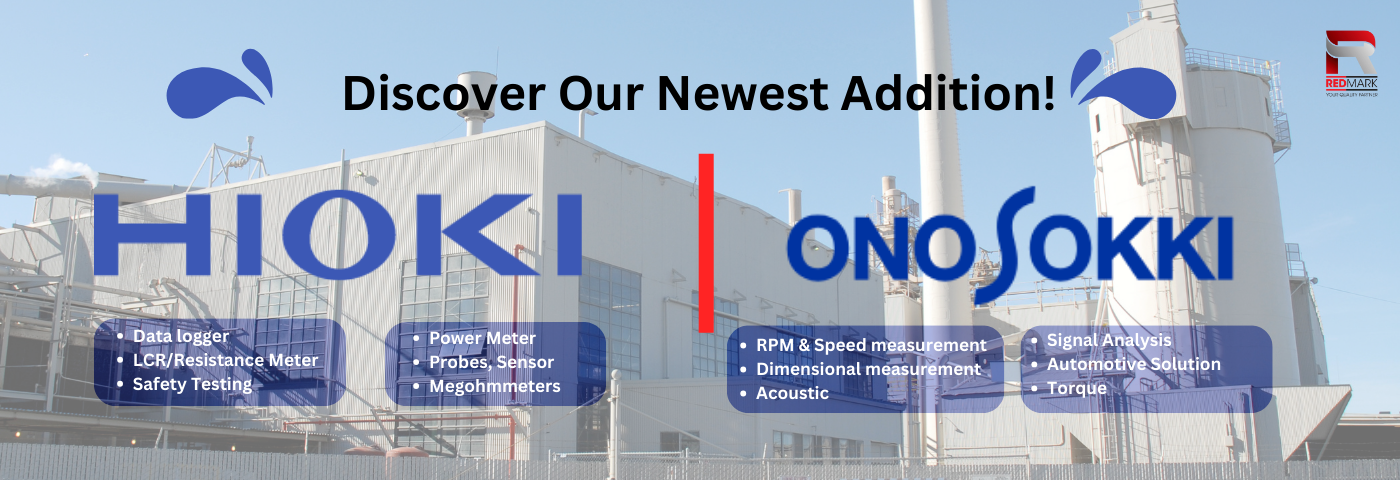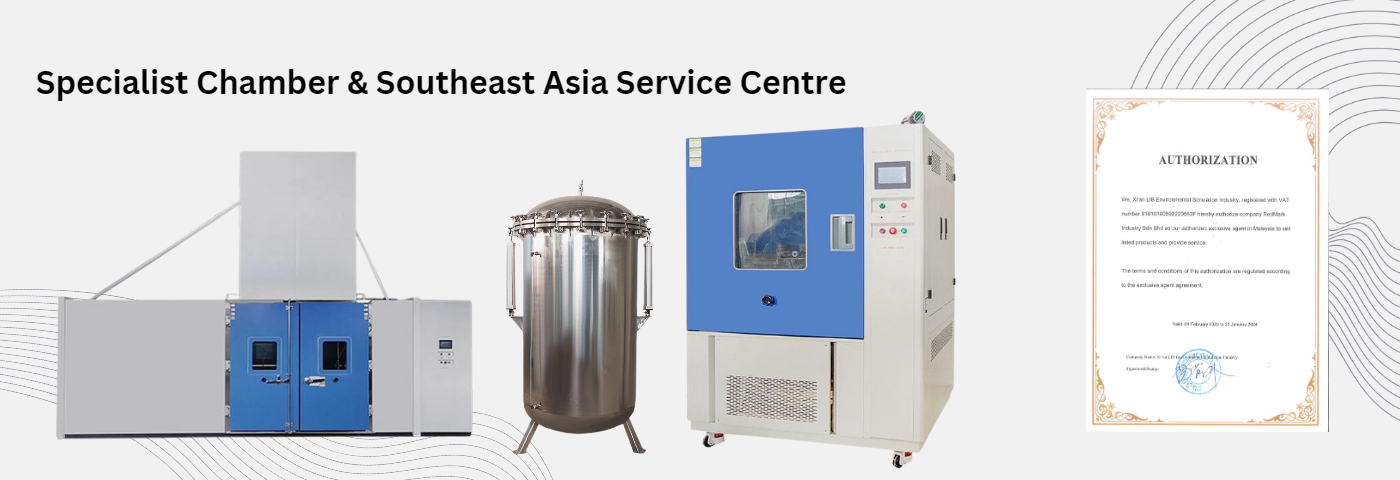- Color & Coating
- Environmental Testing Systems
- Temperature Humidity Chamber
- Ozone , Dust , Rain & Noxious Gas Chamber
- Accelerated Weathering Test Chamber
- Salt Spray Test Chamber
- Drying Oven
- Digital Thermometer
- Digital Temperature & Humidity Meter
- Infrared Thermometer
- Moisture Meter
- Anemometer
- Light Meter
- Sound Level Meter
- Particle Counter
- Vibration Machine
- Gas Detector
- Heater
- Others
- View All
- Material Testing
- Universal Testing Machine
- Charpy Pendulum Impact Tester
- BenchTop Hardness Tester
- Ultrasonic Thickness Gauge
- Portable Hardness Tester
- Shore Rubber & Plastic Hardness Tester
- Surface Roughness Tester
- Ultrasonic Flaw Detector
- Melt Flow Rate Meter (MFI)
- Sample Preparation Machine
- Asphalt & Bitument Testing
- Heat Stress Metter
- Precise Measurement Solution Provider
- Rheometer
- View All
- Metrology Measuring System
- Portable Measuring & Testing Instruments
- Weighing & Metal Detection System
- Electronic & Electrical Testing Equipments
- Lab & Scientific Equipments
- Equipments for Food & Beverage Packaging
- Hot Wire Bottle Cutter
- Vacuum Leak Tester
- Pressure or Vacuum Gauge
- Secure Seal Analyzer
- CO2 Easy / CO2 Easy-DCO2 Measuring Device
- Burn Test
- Can And End Testing Equipments
- CO2 Measure
- Crown Cap Measure & Test
- Cutting Packaging
- Dimensional Measure
- Filtering
- Force Measure/Compresion/Dynamometers
- Stress Aplication
- Torque Measure
- Others
- View All
- Electric Vehicle Equipment
- Ion Fan
- Microscope
- Service Maintenance & Calibration
- Others
Redmark Industry Sdn Bhd
141-2, Jalan Radin Bagus, Bandar Baru Sri Petaling, 57000 Kuala Lumpur, Malaysia.
+603-9054 6939
+6012-499 2103
+6012-499 2103
Redmark Industry (Penang)
Sdn Bhd
7206, Mez Floor, Kompleks Perniagaan Pangsapuri Seri Cemerlang, Jalan Kampung Paya, Kampung Paya, 12200 Butterworth, Penang, Malaysia.
+6013-399 2103
sales@redmarkindustry.comchuin@redmarkindustry.com
LV 124 Test Standard Should Be Perform (EV Electric Vehicle Battery)
| Previous | 8 / 14 | Next |
LV 124 Test Standard Should Be Perform (EV Electric Vehicle Battery)
Electric and Electronic Components in Passenger Cars up to 3.5 T - General Requirements , Test Conditions and Tests- Dust Test
This test shall be carried out in accordance with ISO 20653 with the following parameters
- Protection against water (IPX0 to IPX6K)
This test is intended to verify the function of the component. Eg, when exposed to condensation water, rain or splash water.
This test shall be carried out in accordance with ISO 20653 with the following parameters
- High pressure/steam- Jet cleaning
The test shall be carried out in accordance with ISO 20653 with following parameters

- Thermal Shock with splash water
The test is intended to verifyb the function of the component when exposed to rapid cooling by means of water.
| Test procedure | Heating of DUT to test temperature.This is followed by the cyclic splashing of the DUT as per figure 30.The DUT shall be splashed over its entire width |
| Cycle duration | 30 minutes |
| Test temperature | T (max) |
| Splash water temperature | 0 ~ +4 íŠ |
| Splash duration | 3 seconds |
| Water flow | 3 to 4 liters per splash/ nozzle |
| Distance of nozzle to DUT | 300 to 350mm |
| Number of cycles | 100 |
| Number of DUTs | 6 |
When performing the test, the installation position of the component in the vehicle shall be simulated
- Thermal Shock Immersion
The test is intended to verify the function of the component when subjected to immediate cooling by means of immersion of the heated component.
| Test procedure |
Heat the DUT to test temperature Hold at test temperature until complete thermal equilibrium is reached (see section 5.4) and then for 15min more. Then fully immerse the DUT for a maximum of 5s into the test fluid such that all sides of the DUT are surrounded by at least 25mm of the test fluid |
| Test medium | 0íŠ cold, 5% salt water solution |
| Immersion time | 5 min |
| Number of cycles | 20 |
| Number of DUTs | 6 |
- Corrosion test with flow of mixed gas
The test in intended to verify the resistance of the component to faults such as corrosion and component damages.
This test shall be carried out in accordance with DIN EN 600068-2-60 method 4 with following parameters:
| Operating mode of DUT | Operating mode I.b | |
| Temperature | T(RT) | |
| Humidity | 75% | |
| Corrosive gas concentration | So2 | 0.2ppm |
| H2S | 0.01ppm | |
| No2 | 0.2ppm | |
| Cl2 | 0.01ppm | |
| Test duration | 21 days | |
| Number of DUTs | 6 | |








